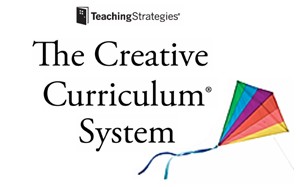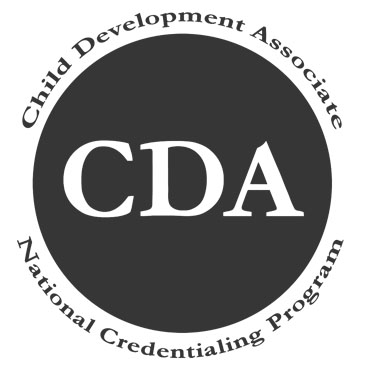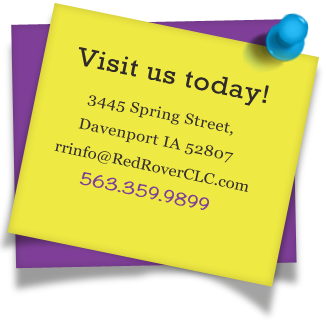Staff Training
Red Rover is committed to continuously improving the teaching skills of our staff. All staff has either achieved or are in process of obtaining their Child Development Associate credential (CDA) for continual growth in child care development. All of our staff members are educated in Creative Curriculum®, and Handwriting Without Tears®. Red Rover staff members are mandatory reporters and certified in First Aid, CPR and Universal Precautions.

The Creative Curriculum-Gold Standard, Teaching Strategies is a curriculum that is widely regarded as a forward-thinking, comprehensive, rigorously researched curriculum approach that honors creativity and respects the role that teachers play in making learning exciting and relevant for every child.
The Creative Curriculum for Preschool is based on five fundamental principles. They guide practice and help us understand the reasons for intentionally setting up and operating preschool programs in particular ways. These are the principles:
• Positive interactions and relationships with adults provide a critical
foundation for successful learning.
• Social–emotional competence is a significant factor in school success.
• Constructive, purposeful play supports essential learning.
• The physical environment affects the type and quality of learning interactions.
• Teacher–family partnerships promote development and learning.
The Creative Curriculum will be implemented as early as 6 weeks here at Red Rover Children’s Learning Center. We will use an assessment system that will allow us to benchmark each child’s progress at each developmental level. This system also allows us to then follow every child’s progress from year to year, giving you and the parent the most accurate assessment.

Get Set for School materials accommodate both teacher-directed and student-initiated playful learning, Much of what Pre-K students learn is incidental—whatever is around them, what they hear and see. We deliberately build familiarity and competency with the music CDs that we play for them, the words that we use, and the way in which we use materials and teach lessons. We also know that children should learn explicitly. Basic readiness skills should be taught systematically. It’s not up to children to decide how to read, write, and count. We teach them the way we read and write from top to bottom and left to right. We teach them how to hold a crayon and how to write letters. We teach them key skills to advance their competency and success – so they develop the skills to be independent as they enter school.
Language and Literacy
Children learn to identify letter symbols, both capital and lowercase, by letter names. They learn how these “symbols” work together to form printed words and how printed words related to spoken language
The program focuses on building rich Vocabulary so that children learn a word’s meaning and what a word represents so they begin to understand the network of concepts that goes with it. Children also learn the difference between drawing and writing, associate books with reading, ‘read’ environmental print, and ultimately learn the many benefits of early reading and writing.
Numbers and Math
We demystify numbers and make math concepts relevant and fun for children. With playful manipulatives, music, and rhymes, our numbers and math program teaches counting, comparisons, spatial awareness, patterning, sequencing, matching, sorting, problem solving, and even Pre-K geometry skills.
The program helps students build number sense right from the start. They also get time to play with real objects and test their ideas so that math becomes real and meaningful. Children also develop oral language that helps them learn about and express math concepts.
Readiness & Writing
This program incorporates child-friendly teaching strategies, such as using music and movement to bring lessons to life, and multisensory manipulatives to build fine and gross motor skills. Our readiness and writing lessons teach body awareness, cooperation, taking turns, listening, crayon grip, drawing, building, letter and number recognition, capital letter and number formation.
Tools & Manipulatives Used:
Stamp and See Screen
Wood Pieces Set for Capital Letters
Capital Letter Cards
Blue Mat for Wood Pieces
Slate Chalkboard
Tag Bags
Touch & Flip Cards



